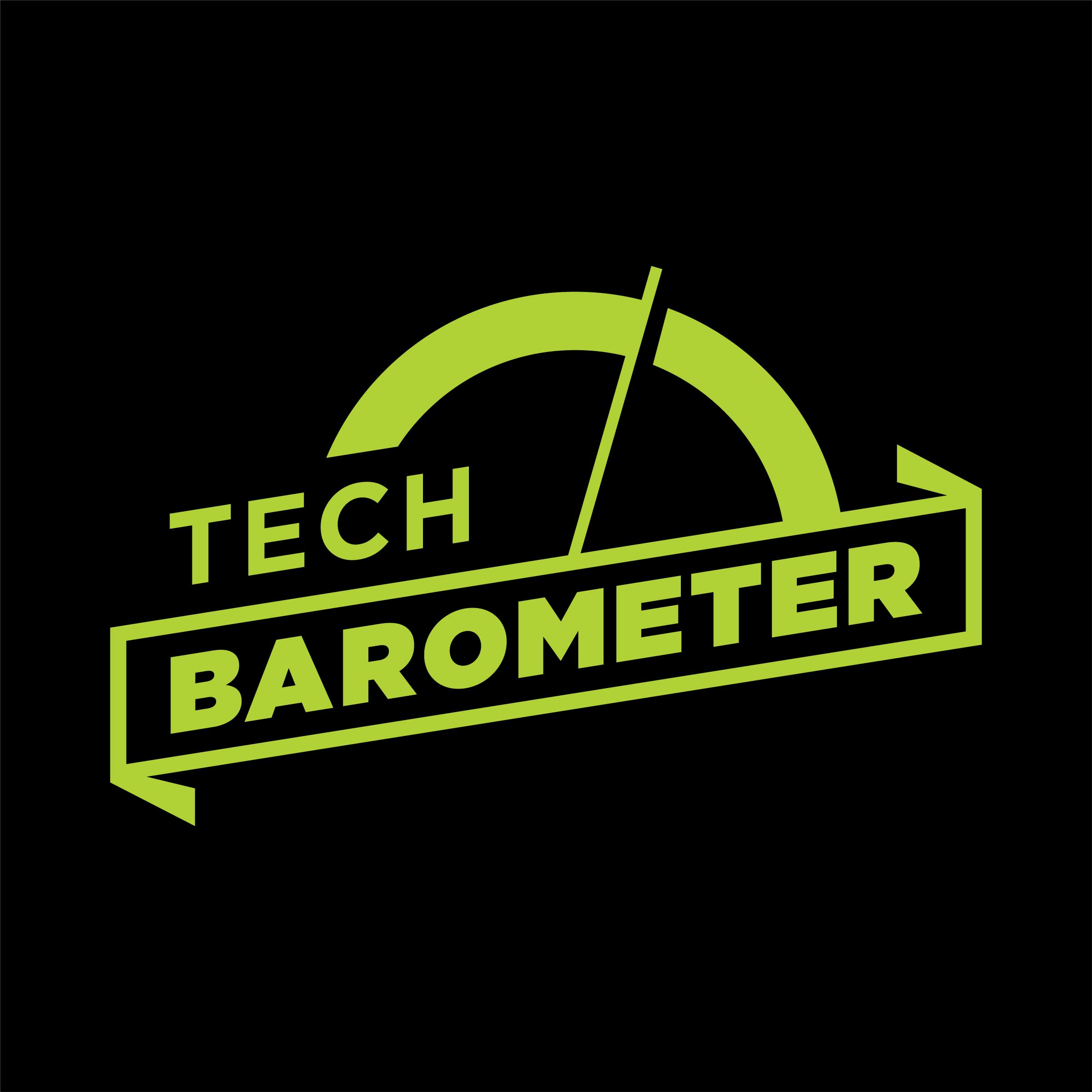Low/no-code automation will likely help IT pros succeed across a spectrum of high-tech careers in the years ahead. Indeed, the IT pros who adopt this new generation of automation will hold a substantial competitive advantage over those who don’t.
That’s the view of two Nutanix technologists who have spent decades in the trenches of software development. In interviews with The Forecast, Mark Lavi, Principal DevOps Advocate, and Harry Yang, Senior Director, Product Management, at Nutanix, explained why low/no-code apps will play an ever-larger role in the working lives of IT people.
“Normally in IT, we're used to setting up things by hand, tuning them by hand and maintaining them by hand,” said Lavi. “The whole point of low code and no code is to automate more and more of these processes.”
Automation makes organizations more efficient, boosting their value in the marketplace. The same concept applies to IT people, Lavi said.
Yang, Senior Director of Product Manager for Prism Pro, Nutanix’s operations management platform, said more automation is a welcome advance for most IT pros.
“It lets them focus more on the interesting things they want to do, versus just the tedious code they actually don't like to write.”
Lavi and Yang direct programs that help Nutanix deliver hyperconverged infrastructure (HCI), which uses software to virtualize storage, computing and networking in a single application that runs on commodity servers. Building uptime and change management on top of HCI creates a wealth of configuration challenges that must be implemented and monitored. Alerts can call in the IT cavalry when something goes wrong.
Low/no-code apps are crucial to helping Nutanix clients optimize and automate these processes, according to Lavi.
“I like to call these automated procedures ‘continuous operations’ for always-on business,” said Lavi.
Rise of Low/No-Code Apps
Conventional software requires developers to painstakingly craft syntax and logic to tell computers what to do. Code must be written, compiled, tested, deployed and updated with extreme attention to detail. A few botched keystrokes can undo countless hours of toil.
This has been true since the first computer languages emerged in the 1940s. In the 1970s, developers started designing graphical user interfaces (GUIs) to make code invisible to the user. Over the next 40 years, user interfaces would evolve from pointing and clicking to swiping and speaking.














